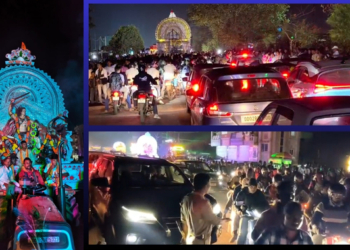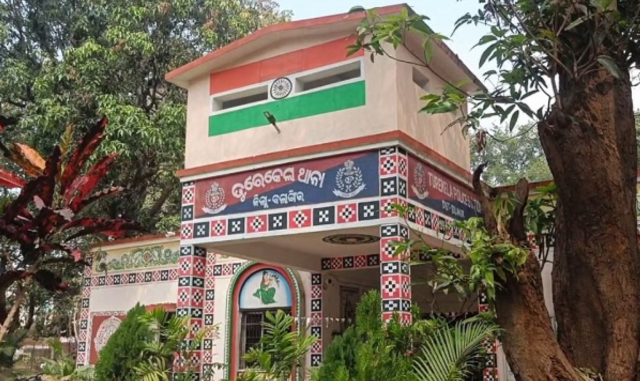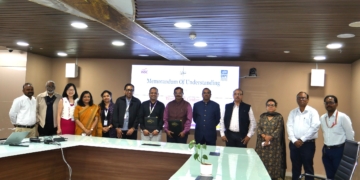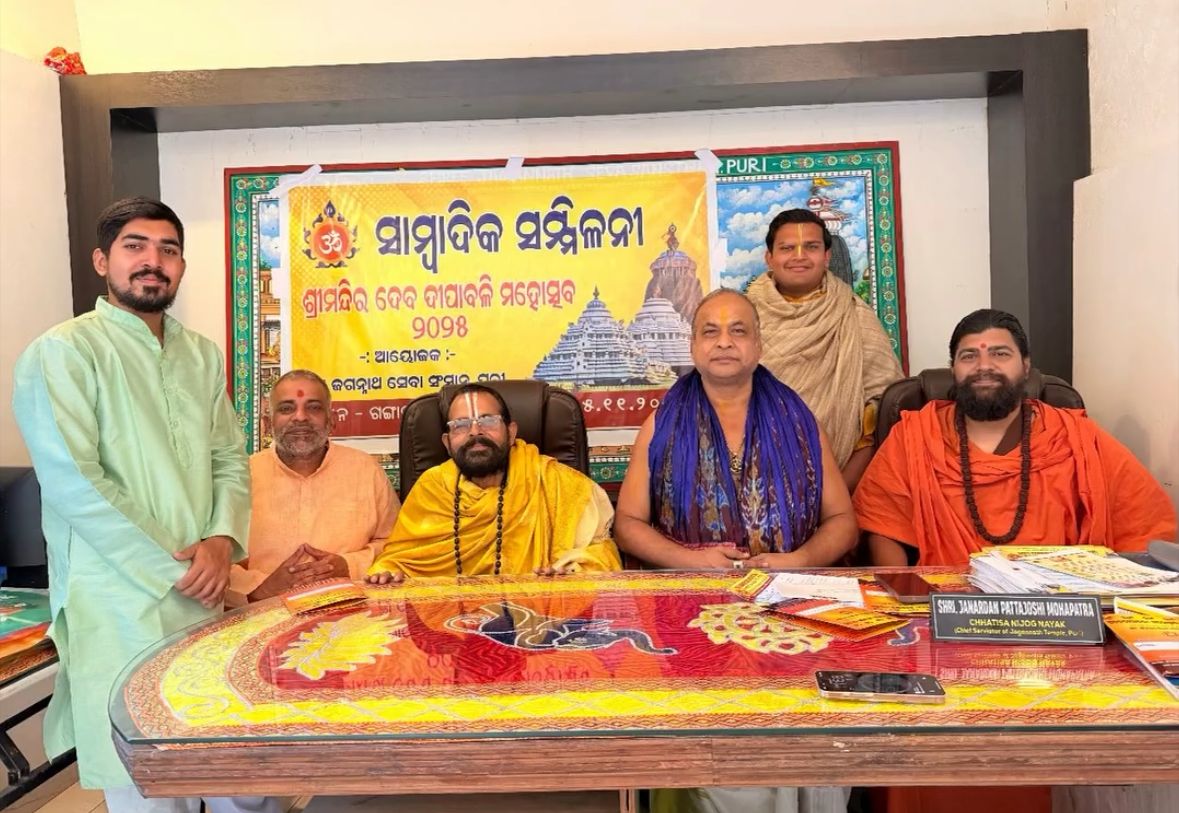Just days after US President Donald Trump celebrated progress in peace negotiations between Israel and Hamas, disturbing reports have emerged from Gaza showing public executions of several individuals by Hamas-affiliated forces.
A video, widely circulated on social media, shows blindfolded Gazans kneeling as armed militants stand behind them and open fire.
Due to its graphic content, media houses has opted not to share the video directly.
Context of the Executions
The executions reportedly took place on Monday in the al Sabra neighborhood of Gaza, following clashes between Hamas and rival factions, including the Doghmush family, a prominent local clan. According to reports, the security unit Radaa, affiliated with Hamas, described the action as an “operation” resulting in the neutralization of several “wanted individuals and outlaws.”
These events come just hours after President Trump, addressing the Israeli Parliament, hailed a “major breakthrough” in ending hostilities, calling it “the end of the age of terror and death.”
Impact on the Israel-Hamas Peace Process
Although the ceasefire agreement led to the release of the remaining 20 living Israeli hostages, the bodies of approximately 20 deceased hostages have not yet been handed over. In response, Israel announced it would reduce aid to Gaza by 50% until the return of the remains.
Olga Cherevko, spokesperson for the UN Office for the Coordination of Humanitarian Affairs (OCHA) in Gaza, said, “We strongly hope that the bodies of all hostages are returned and that the ceasefire continues to be implemented.”
US Response and Diplomatic Pressure
In the wake of these executions, President Trump issued a stern warning to Hamas, emphasizing the importance of disarmament.
“If they don’t disarm, we will disarm them. They know I’m not playing games,” he told reporters at the White House on Tuesday, signaling the United States’ intent to maintain pressure on Hamas to comply with the peace deal.
The events in Gaza underscore the fragility of the peace process and highlight ongoing security and humanitarian challenges in the region.





























